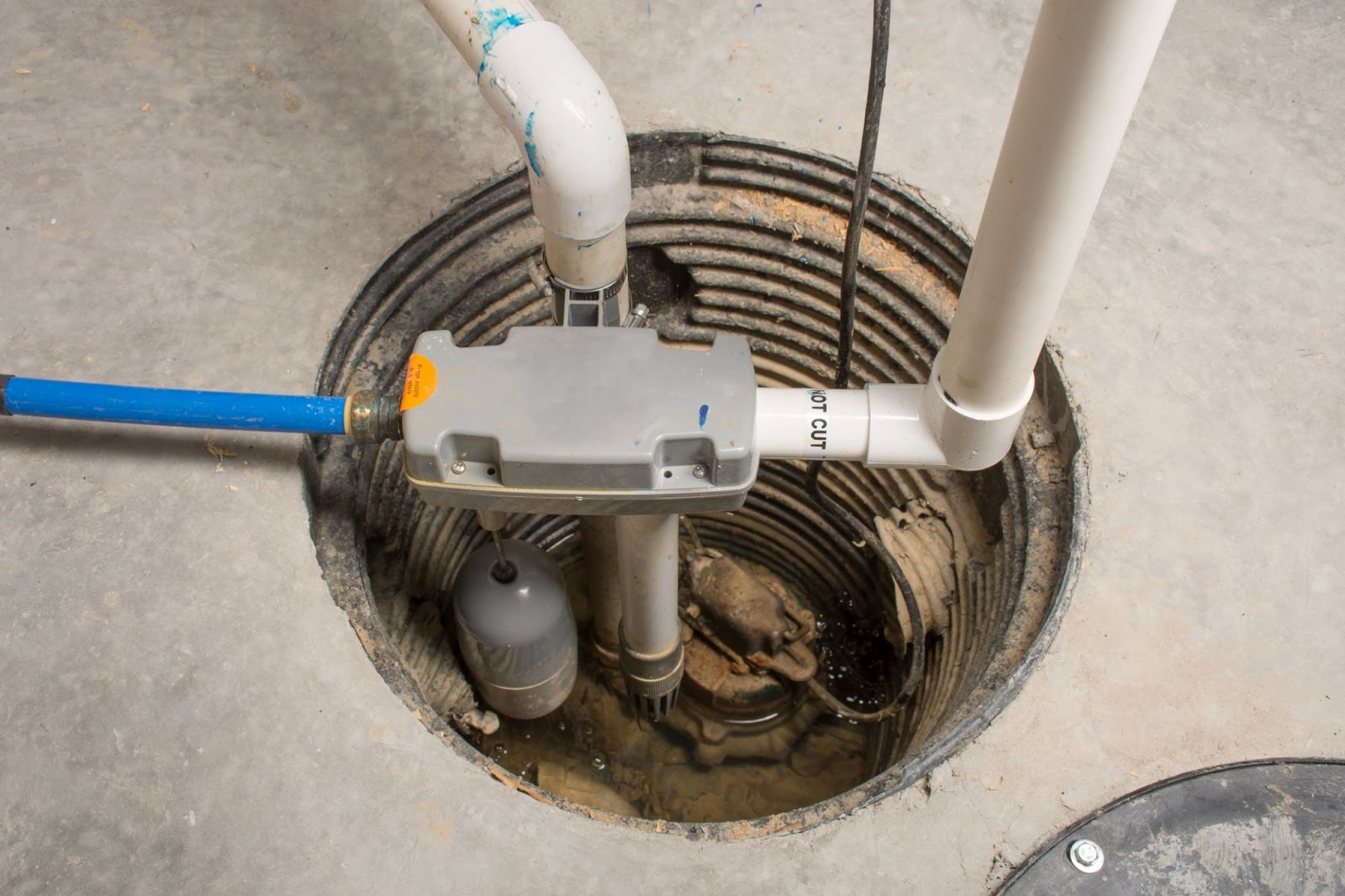Keeping your basement or crawlspace dry is essential to protecting your home’s structure and maintaining a safe, comfortable living environment. In areas with high groundwater levels or regions that experience heavy rainfall, installing a sump pump can prevent costly water damage. This guide explains the different sump pump options available and offers expert tips to help you choose the best one for your home.
Types of Sump Pumps and Their Functions
Sump pumps come in different designs, each with unique features suited for specific needs. Choosing the correct type is the first step toward effective water management.
Primary Sump Pumps
Primary sump pumps form the foundation of most water management systems, moving accumulated water away from your home. They come in two main types:
-
Submersible pumps operate underwater inside the sump pit, making them quieter and more discreet.
-
Pedestal pumps have the motor positioned above the basin, making them easier to access for maintenance.
Battery Backup Sump Pumps
When a power outage occurs during a storm, a battery backup sump pump automatically activates to keep water at bay. This ensures continuous operation even when your primary pump is out of commission.
Combination Sump Pumps
A combination sump pump pairs a primary pump with a battery backup in one system, providing double the protection. This setup is ideal for homes in areas prone to heavy rain and frequent power outages.
Water-Powered Sump Pumps
Water-powered sump pumps operate using your home’s water supply rather than electricity. They are a dependable backup option during power failures, provided your water pressure remains steady.
Key Factors to Consider When Choosing a Sump Pump
The right sump pump for your home depends on several factors beyond just the pump type.
Capacity and Horsepower
Select a pump with enough horsepower to handle the water volume you expect. While higher horsepower pumps move water more efficiently, they may consume more energy.
Materials and Durability
Sump pumps are made from materials such as cast iron, stainless steel, and plastic. Cast iron and stainless steel models generally offer greater durability and better heat dissipation.
Switch Types
The switch activates the pump when water reaches a certain level. Common options include tethered float, vertical float, and electronic switches. Choose the one that best suits your sump basin size and operational needs.
Installation and Maintenance Tips
Proper installation and upkeep will extend the life of your sump pump and improve performance.
-
Installation: Position the pump in the lowest area of your basement to collect the most water. Secure the sump basin and ensure the pump is correctly placed for optimal operation.
-
Maintenance: Inspect and clean the pump and basin regularly. Make sure the float switch moves freely and test the backup system to ensure it works when needed.
Common Mistakes to Avoid
Homeowners often reduce sump pump effectiveness by making these mistakes:
-
Skipping regular maintenance
-
Choosing the wrong pump size
-
Not installing a backup power source
-
Improperly setting up the discharge pipe
-
Ignoring warning alarms
Conclusion
Selecting the right sump pump involves balancing your home’s needs with the pump’s capabilities. From primary units to battery backups and combination systems, understanding your options and committing to proper maintenance can protect your property from flooding and water damage.
If you want to safeguard your Nottingham, MD home from basement flooding, Fluid Plumbing & Heating LLC is here to help. Our expert team can guide you in selecting and installing the ideal sump pump for lasting protection. Call us at 4434134117 or complete our online form today

